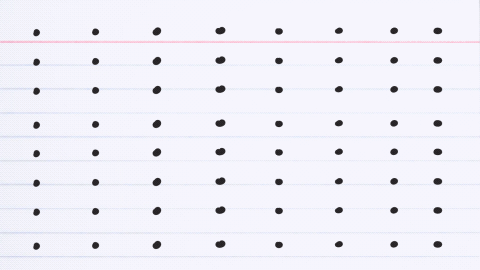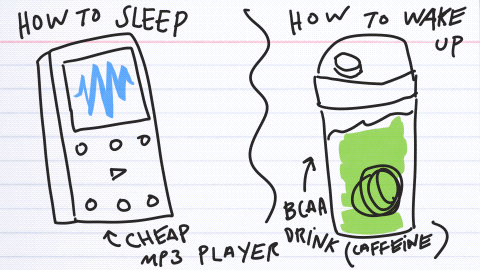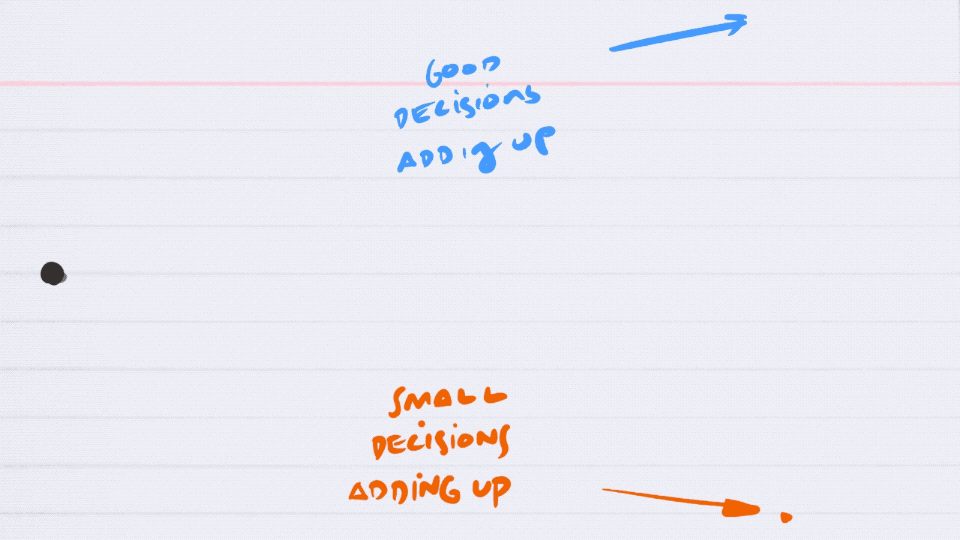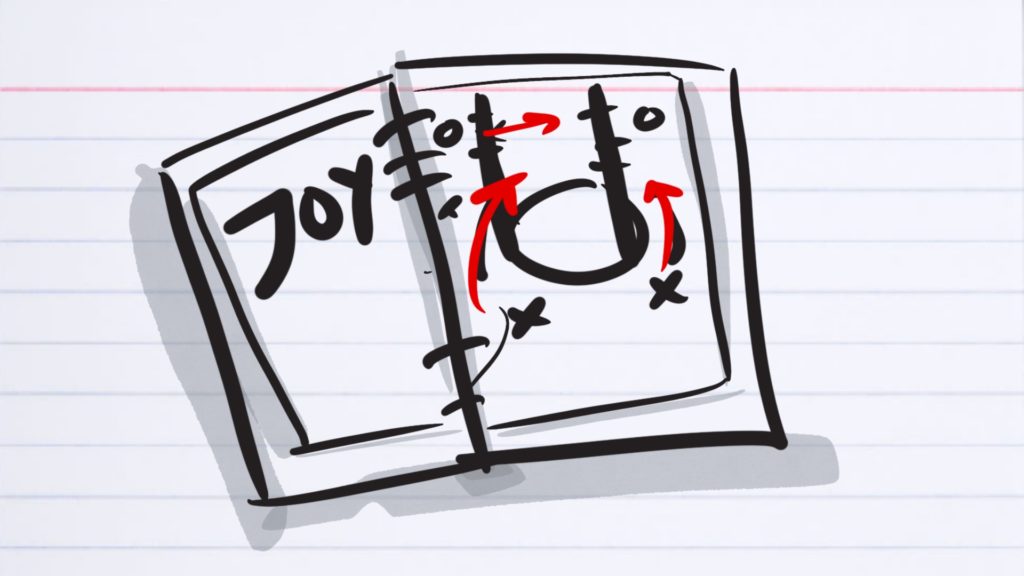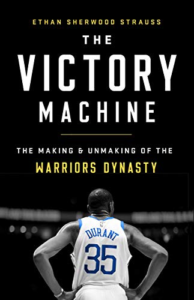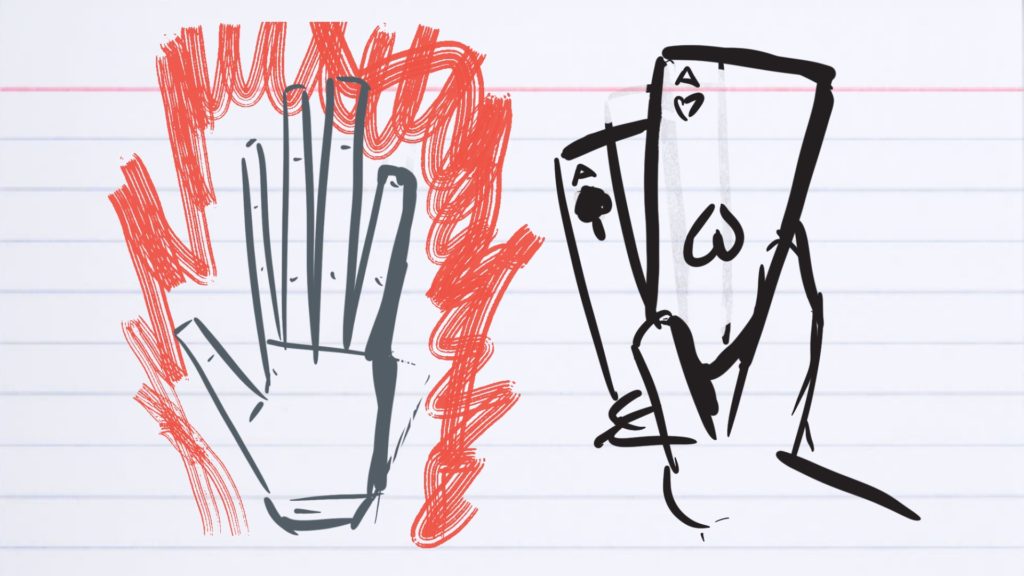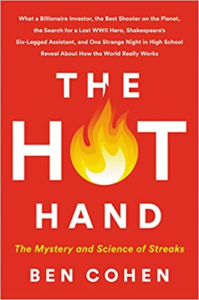Okay so quick update on the whole waking up thing. Today I tried waking up with the Apple Watch, which is great because it vibrates your wrist. This means it doesn’t disturb my fiance when I’m waking up.
It also means it’s easy to turn off and go back to sleep, which is exactly what I did this morning. Still was able to get kettlebell swings in though.
I have a todo for writing a post about how I want to write 64 posts by the end of the year. It’s a post per day starting with the post I wrote the other day about posting just to post.
To get back in the swing of things, I’ll need to have some sort of system to fall back on when I don’t have a topic to write about. Today, I’ll try this: Open up my recent Readwise emails to find a book highlight and then I’ll write about that.
So here’s the highlight I picked, from “Storyworthy” by Matthew Dicks:
Moreover, by placing these most storyworthy moments in a spreadsheet, I could sort them for later use. I could copy, cut, and paste these ideas into other spreadsheets easily, allowing me to ultimately separate the truly storyworthy ideas from the ones that merely had potential.
I happen to be writing the first draft of this post in a spreadsheet. (Sort of.) It’s nice to see an overview of the different topics I have in mind so that I can slowly work toward those 64 posts.
This is recently inspired by David Perell’s daily writing, which seems to be on his blog under tweetstorms: https://www.perell.com/tweetstorms
I’ve done 100 posts in 100 days in the past. Most recently in 2016: http://franciscortez.com/100-days-100-posts
That time, it was probably inspired by Seth Godin and then probably a bunch of other copywriting material I was reading at the time.
Actually… I just read my first post from that series: http://franciscortez.com/two-crappy-pages
It’s inspired by Tim Ferriss (“Two crappy pages”) and then a couple 100-day programming challenges: 100 days of Framer and 100 days of Swift.
It’s a reminder of how memory works. Which is to say: it often doesn’t.
I don’t remember those at all.
So I’m really happy that I have it captured somewhere. And now I’m looking forward to what this next attempt at writing daily will capture.
